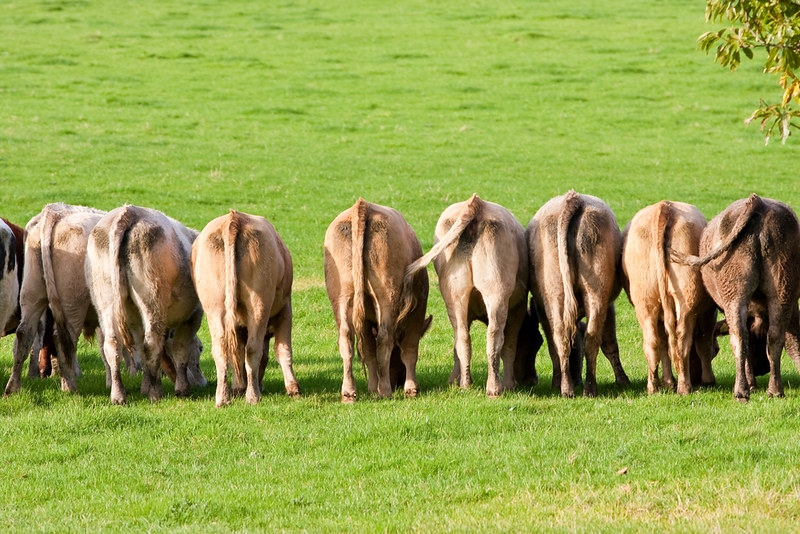



Ireland: Breeding for low-methane beef cattle possible
Some beef cattle produce up to 30% less methane emissions for the same level of productivityThe first large-scale characterisation of methane emissions in Irish beef cattle conclusively shows that some beef cattle can produce up to 30% less methane emissions, on average, for the same level of productivity, according to a Teagasc press release.
Led by Teagasc, the novel research project brings together scientists from the University College Dublin (UCD) and the Irish Cattle Breeding Federation (ICBF). Their aim is to identify and breed for low methane emitting beef cattle to improve environmental sustainability long term.
So far, the genetic selection of low methane emitting ruminant livestock has been limited by the relationship between methane output and feed intake.
"Animals that consume more feed tend to produce more methane on a daily basis," explained Teagasc Walsh Scholar PhD student Paul Smith. "This relationship has so far made it difficult to breed low methane emitting animals without negatively impacting feed intake, which is a key driver of animal productivity, particularly in forage based production systems.”
Working collaboratively, several researchers, including Teagasc professor Sinéad Waters, professor David Kenny, Paul Smith and Stuart Kirwan, along with, UCD’s Alan Kelly and ICBF’s Stephen Conroy, have developed a novel approach to quantifying emissions in beef cattle. 'Rumen'Predict' is capable of separating the components in the complex relationship between feed intake and methane output.
The study is the first large-scale measurement of methane emissions in Irish beef cattle. It is also one of the largest conducted worldwide.
“We calculated residual methane emission (RME) values for 282 beef cattle undergoing feed efficiency and methane measurements at the ICBF Progeny Test Centre in Tully, County Kildare," said Paul Smith. "After ranking animals as high, medium and low on the basis of RME, low RME animals produced 30% less methane, but maintained the same level of feed intake, feed efficiency, growth and carcass output as their high ranking RME contemporaries."
The ‘RumenPredict’ project demonstrates the future potential to breed beef cattle with lower methane emissions. Going forward, the researchers hope to better understand why these cattle are producing less methane.

Read the Journal of Animal Science report.


